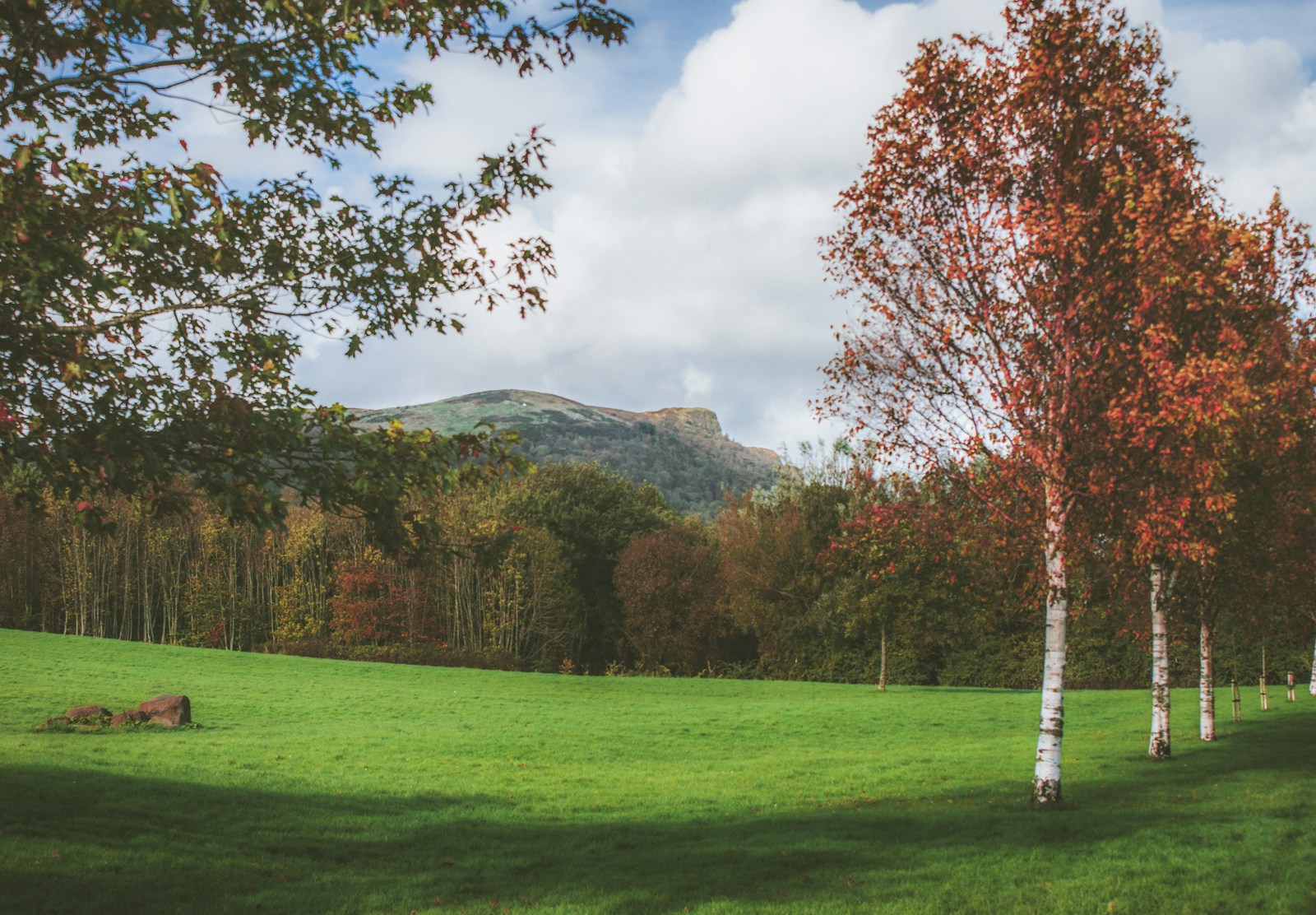As summer’s warmth gives way to autumn’s crisp embrace, a remarkable transformation sweeps across America’s national and state parks. Beyond the spectacular foliage that draws human visitors, autumn triggers a complex series of behavioral changes in wildlife. Animals across the United States respond to shortening days, dropping temperatures, and changing food availability with fascinating adaptations. From the great bears of Yellowstone preparing for hibernation to tiny chipmunks gathering acorns in neighborhood parks, autumn represents a critical transition period for wildlife. This seasonal shift sets in motion ancient survival strategies that have evolved over millennia, creating a flurry of activity that makes fall one of the most dynamic and interesting times to observe animal behavior in parks across the nation.
The Biological Triggers of Autumn Behavior Changes
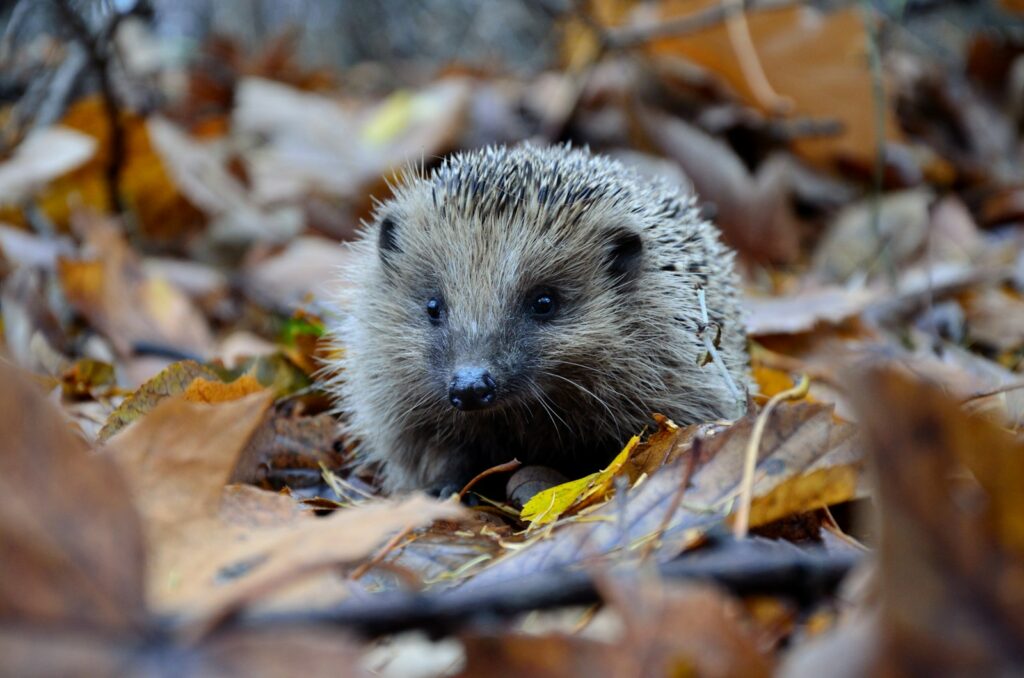
Animals don’t rely on calendars to know when autumn arrives; instead, they respond to environmental cues that signal the changing season. The most powerful of these signals is photoperiod—the length of daylight—which triggers hormonal changes in many species that drive behavioral adaptations. Dropping temperatures serve as secondary cues, reinforcing the message that winter is approaching. Changes in food availability—such as ripening fruits, falling nuts, and dying vegetation—provide immediate practical signals that animals must respond to for survival. These biological triggers work in concert, creating a reliable system that helps wildlife prepare for the challenging winter months ahead, even in years when temperature patterns may be unusual or inconsistent.
Feeding Frenzies: Hyperphagia in Bears and Other Mammals
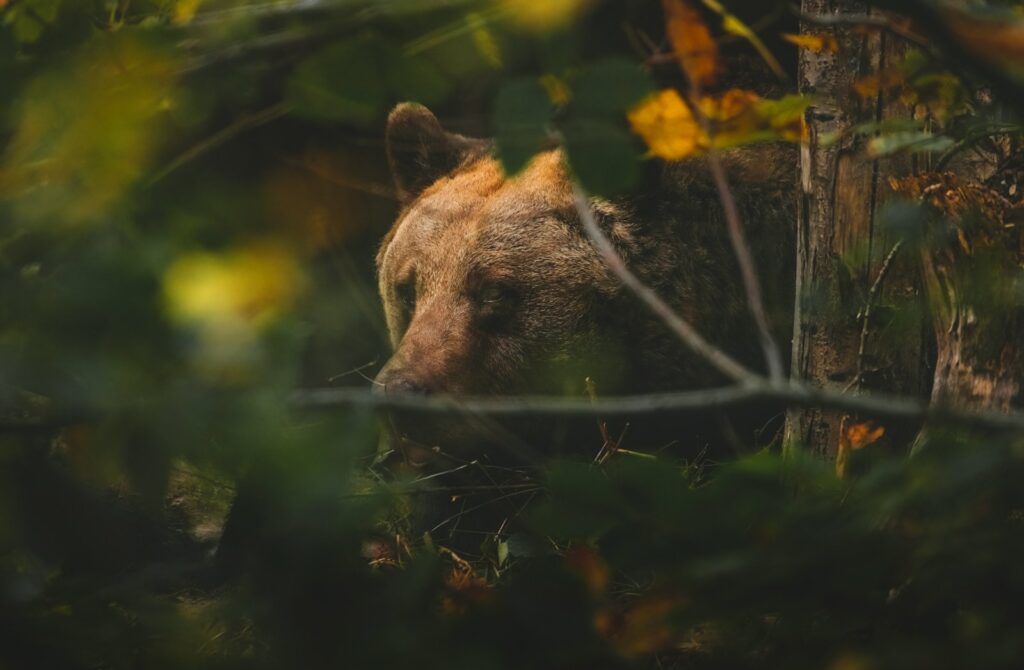
One of the most dramatic autumn behaviors observed in U.S. parks is hyperphagia—a biological state of extreme hunger that drives bears to consume up to 20,000 calories daily. In places like Yellowstone, Grand Teton, and Shenandoah National Parks, bears become singularly focused on eating, spending up to 20 hours per day foraging to build essential fat reserves for winter hibernation. This intensive feeding can increase a bear’s body weight by 35% in just a few months. Other mammals, including raccoons, skunks, and badgers, also significantly increase their food intake during autumn, though not as dramatically as bears. Park visitors often notice increased wildlife activity around food sources during this period, making autumn an excellent time for wildlife observation—albeit at a safe and respectful distance.
Food Caching: Preparing Underground Pantries
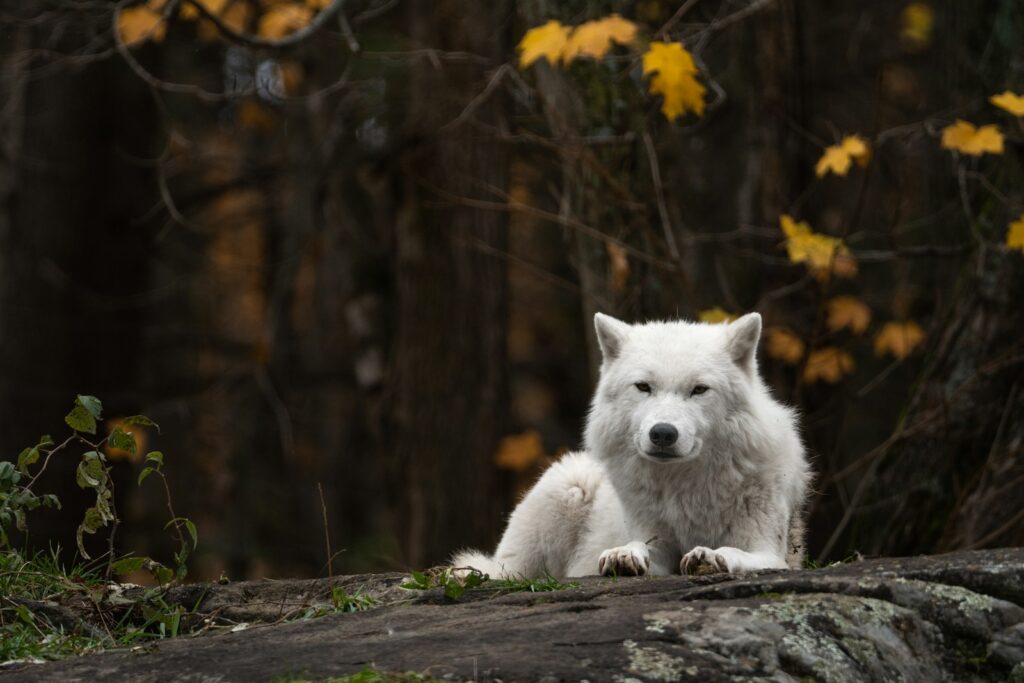
Autumn transforms many park residents into busy hoarders as they prepare food caches to sustain them through winter. Gray and fox squirrels in parks across the eastern United States can each bury thousands of acorns, hickory nuts, and walnuts in individual hiding spots, creating countless underground food caches. Remarkably, these industrious rodents can remember the locations of their buried treasures, even under snow cover, thanks to exceptional spatial memory and smell detection. Jays and nutcrackers participate in similar behavior, with a single Clark’s nutcracker capable of caching up to 100,000 pine seeds in a season across Rocky Mountain parks. Chipmunks take a different approach, creating centralized larders in their burrow systems where they may store several pounds of seeds, nuts, and dried fruits to sustain them during periods of winter inactivity.
Preparing for Hibernation and Torpor
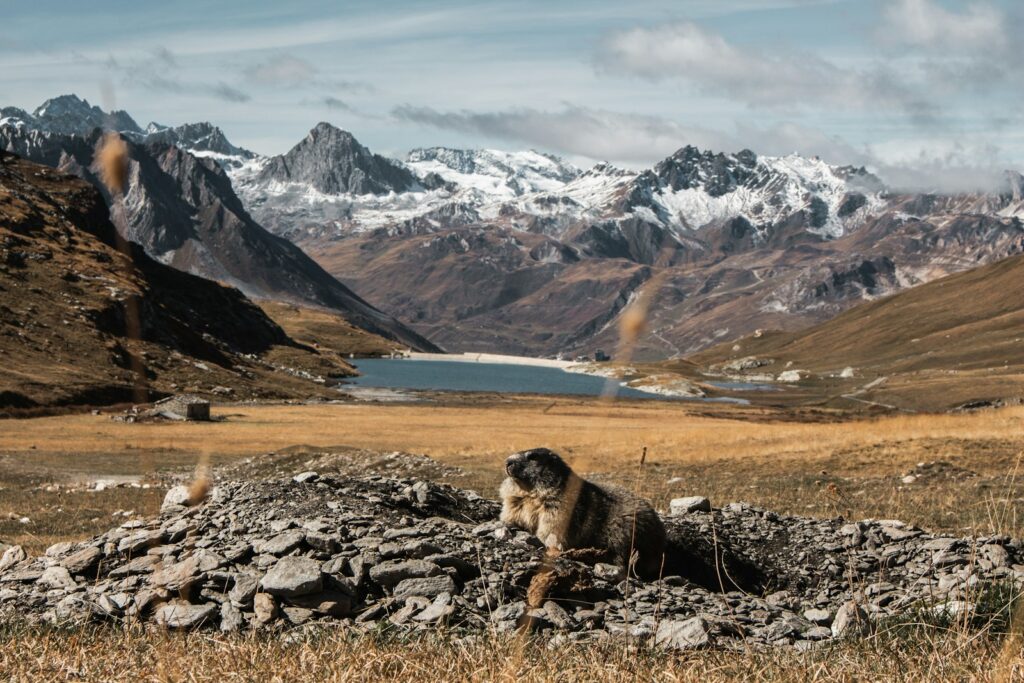
As autumn progresses, many U.S. park mammals begin preparing for various forms of winter dormancy. True hibernators like groundhogs, jumping mice, and some bat species engage in dramatic physiological changes—their heart rates may drop from hundreds of beats per minute to just a few, and body temperatures can fall to near freezing. Bears enter a lighter form of dormancy where their metabolism slows significantly but body temperature drops only moderately, allowing them to potentially awaken if disturbed. Chipmunks, raccoons, and skunks in northern parks enter torpor, a state of decreased physiological activity during the coldest periods but may become active during warmer spells. These preparations for dormancy are critical survival adaptations that have evolved to help animals conserve energy when food is scarce, and all begin with autumn’s signal that winter approaches.
The Great Autumn Migration Through National Parks
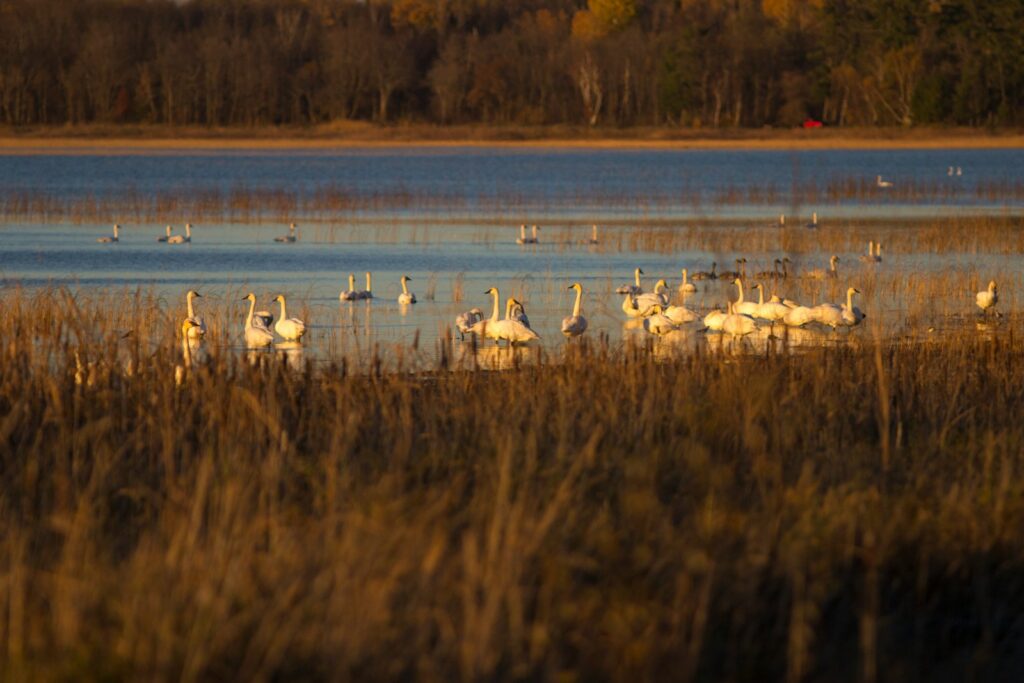
Each fall, America’s national parks serve as critical way stations for one of nature’s most spectacular phenomena—bird migration. Parks along major flyways become temporary homes to millions of birds making their southward journey. New Jersey’s Cape May National Seashore can see over a million raptors pass through during peak autumn migration, while Texas’s Padre Island National Seashore hosts thousands of ruby-throated hummingbirds preparing to cross the Gulf of Mexico. The timing of these migrations is precisely calibrated to coincide with food availability along the route. Certain songbird species time their movements to take advantage of fall berry production in parks throughout the eastern United States. Even within the same species, migration timing can vary based on age and sex, with juveniles and males often departing northern parks earlier than adult females.
Autumn Mating Seasons: The Fall Rut
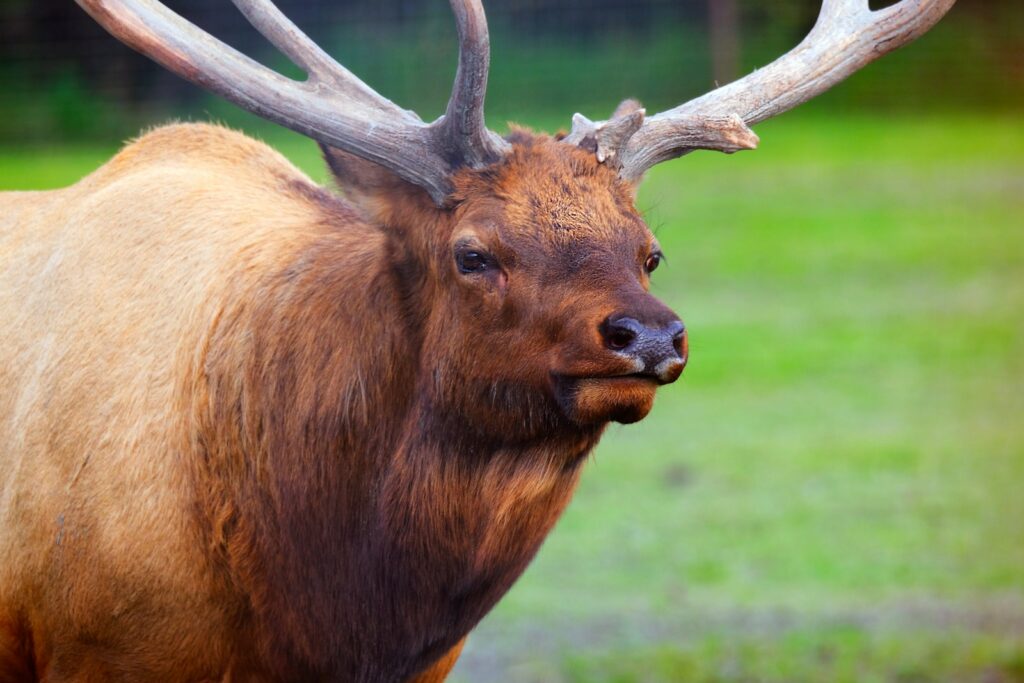
Fall transforms many ungulates in U.S. parks from peaceful grazers into fierce competitors during their breeding season, commonly called the rut. In parks like Rocky Mountain, Yellowstone, and Great Smoky Mountains, elk bulls engage in spectacular bugling contests and fierce battles for mating rights, their haunting calls echoing through valleys as they gather and defend harems of females. Moose in northern parks like Isle Royale and Denali become solitary fighters, abandoning their usually reclusive nature to compete for mates, while white-tailed and mule deer bucks across eastern and western parks respectively engage in parallel behaviors. The timing of these mating seasons ensures that young will be born in spring when food resources are abundant, highlighting how autumn behaviors are often linked to survival strategies that play out months later.
Prey-Predator Dynamics in Autumn
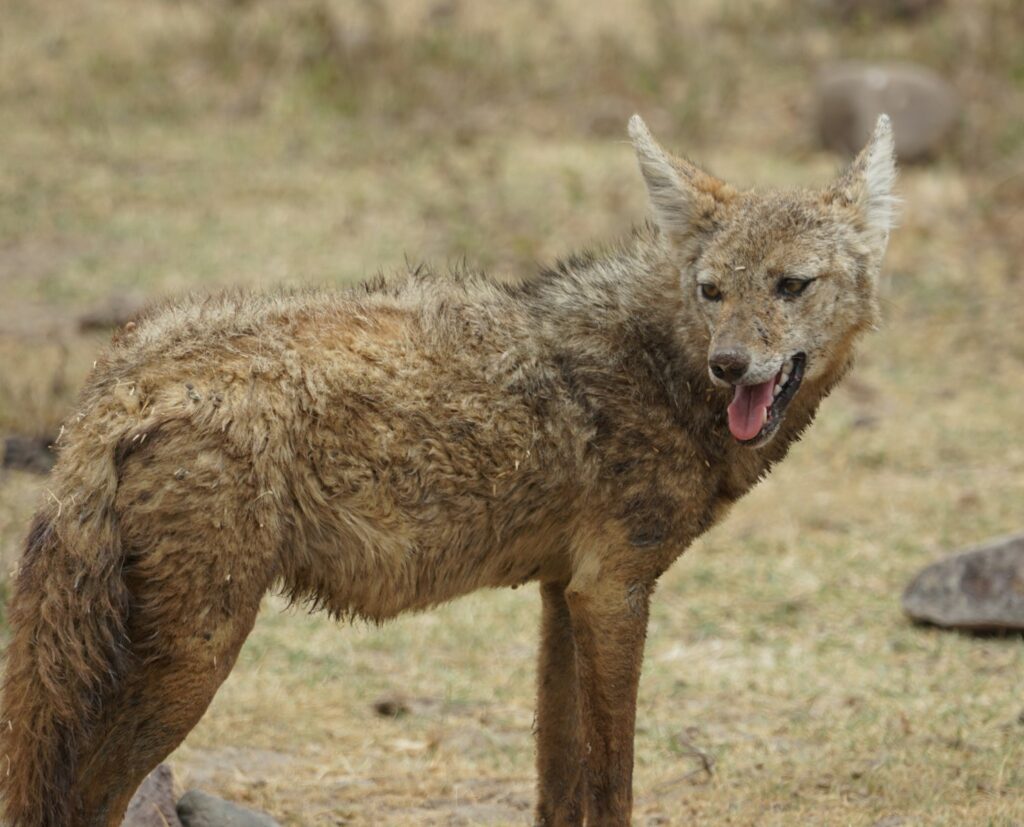
Autumn creates significant shifts in the eternal dance between predators and prey across U.S. parks. As vegetation dies back, prey species lose protective cover, making them more visible to predators like coyotes, foxes, and birds of prey. Many prey animals respond by becoming more vigilant and altering their movement patterns to compensate for this increased vulnerability. For predators, autumn represents an opportunity to hunt more efficiently and build fat reserves before winter scarcity. Wolves in Yellowstone and Isle Royale may shift hunting strategies as elk and moose congregate differently during the fall rut. For smaller predators like American martens and fishers in northern forests, autumn is a critical time to take advantage of actively foraging prey before deep snow changes hunting dynamics completely.
Color Changes Beyond Leaves: Animal Coat Transformations
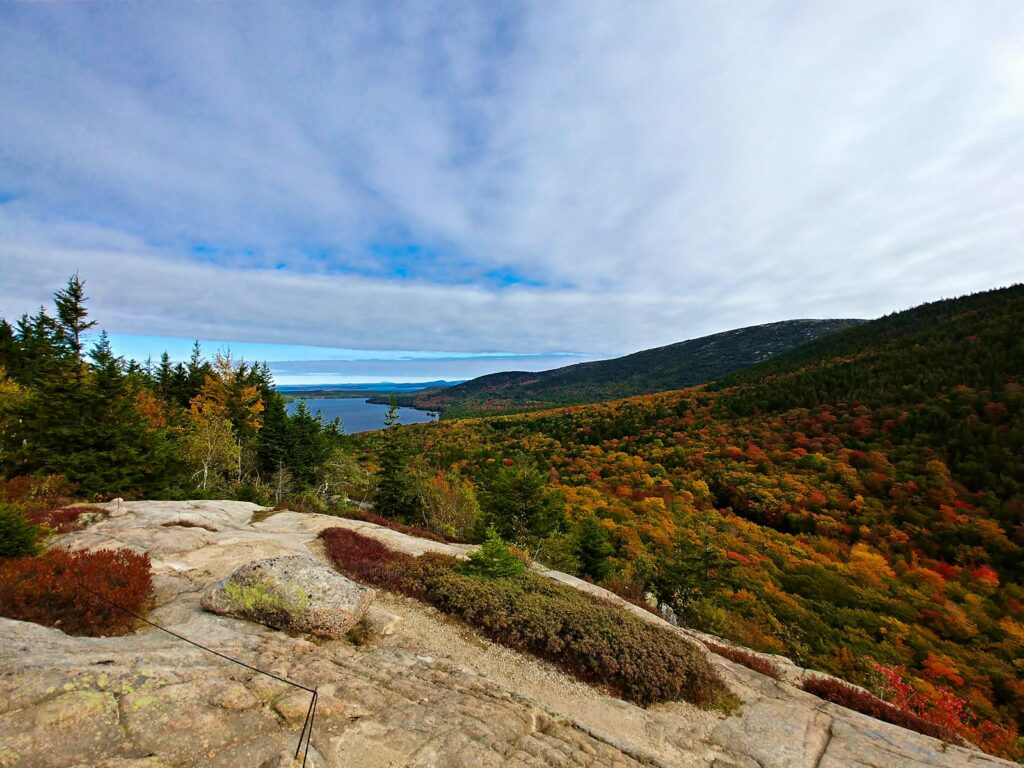
While autumn’s colorful foliage gets the most attention, many park animals undergo their own remarkable color transformations. Snowshoe hares in parks like Acadia and Olympic begin their gradual transition from brown summer coats to white winter camouflage, a process triggered by changing day length rather than temperature. Weasels in northern parks undergo a similar transformation, with short-tailed and long-tailed weasels developing white winter coats while their southern relatives retain brown coloration year-round. These color changes represent a delicate evolutionary balance, providing camouflage against predators while requiring perfect timing—changing too early or too late can be deadly if it results in mismatched coloration against the environment. With climate change affecting snow patterns, researchers are closely monitoring how these coat-changing species are adapting in various parks across their ranges.
Reptile and Amphibian Autumn Behavior
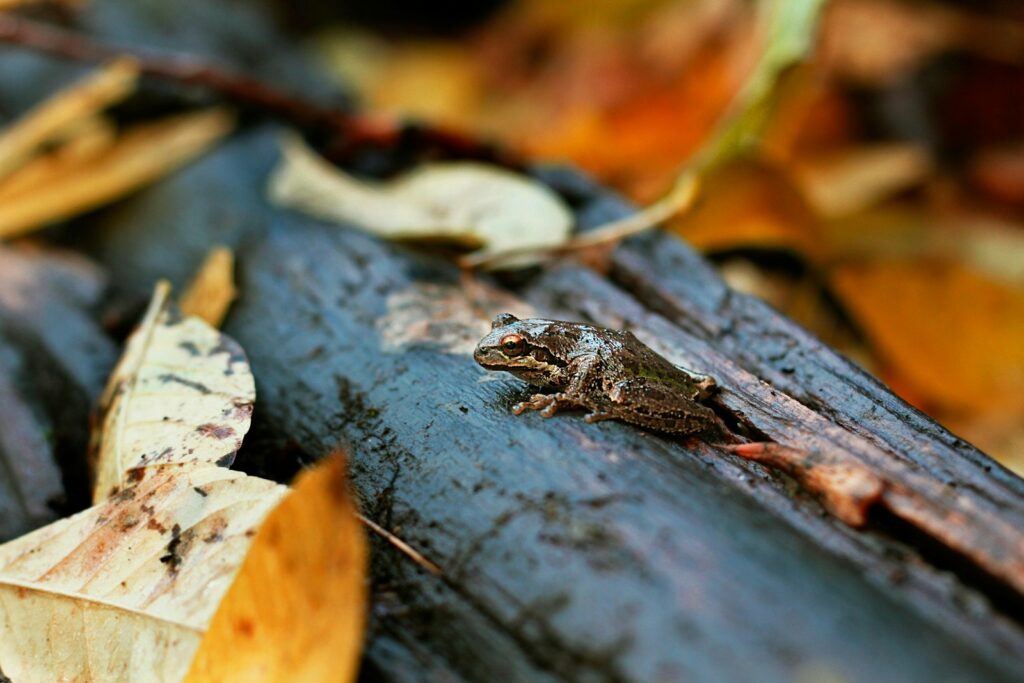
As temperatures drop, cold-blooded park residents must find suitable hibernacula—protected spaces to wait out winter’s cold. In parks across the northern United States, painted turtles and snapping turtles bury themselves in pond mud where they can survive for months without breathing air, absorbing minimal oxygen through specialized skin areas. Snake species from timber rattlesnakes to garter snakes congregate in communal dens, sometimes traveling miles to reach traditional hibernation sites used for generations. Wood frogs and spring peepers in eastern parks prepare for their remarkable ability to survive freezing by producing natural antifreeze compounds in their tissues during autumn. For many amphibians, autumn also triggers movement toward wintering areas, making this season a time of increased road mortality as they cross human infrastructure—a conservation challenge in parks with high visitation or bordering developed areas.
Autumn Behavioral Changes in Fish
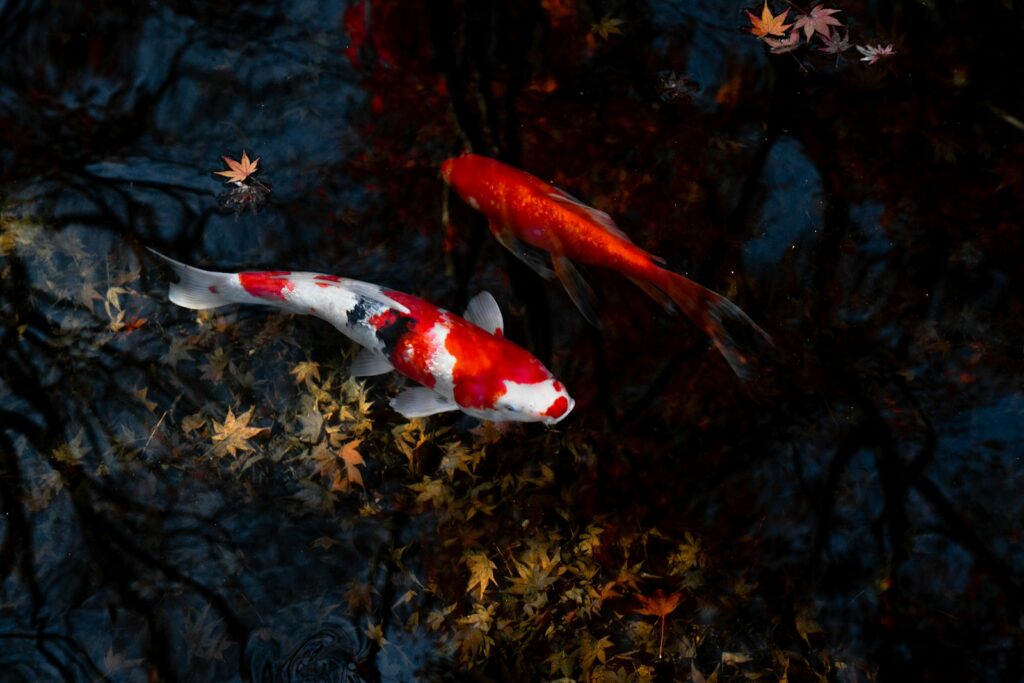
America’s park waterways witness dramatic changes in fish behavior as autumn progresses. Brook trout and brown trout in parks like Shenandoah and Great Smoky Mountains develop vivid spawning colors and engage in competitive breeding behaviors in clear, cold streams. In coastal parks, species like striped bass and bluefish begin southward migrations, while salmon in Pacific Northwest parks like Olympic and North Cascades make their epic upstream journeys to spawn. Many freshwater fish species alter their feeding patterns, becoming more active as they build energy reserves for winter when their metabolism will slow dramatically. In northern parks, species like yellow perch and walleye begin moving to deeper waters where temperatures remain more stable through winter, making autumn a transitional period of significant movement in aquatic ecosystems.
Insect Life Cycles and Autumn Changes
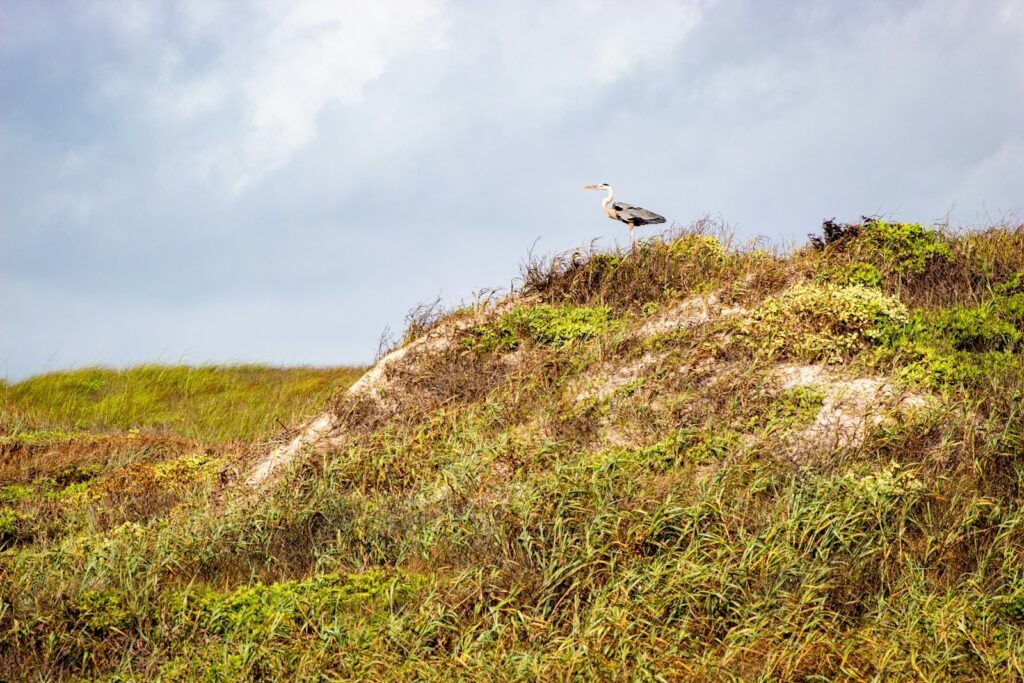
The insect world undergoes profound transformations as parks transition to autumn. Many butterfly species like monarchs make spectacular migrations through parks such as Padre Island National Seashore on their way to overwintering grounds in Mexico. Other insects prepare for winter by entering diapause—a state of suspended development—in various life stages; wooly bear caterpillars seek protected spaces under logs while mourning cloak butterflies find tree cavities where they can overwinter as adults. Bees and wasps exhibit behavioral changes with workers dying off while new queens seek hibernation sites in soil or tree cavities. Some of the most visible autumn insect behaviors involve aggregation, as Asian lady beetles, box elder bugs, and cluster flies gather in large numbers on sun-warmed surfaces in parks across the country, seeking warm spaces to survive winter.
Climate Change’s Impact on Autumn Wildlife Behaviors
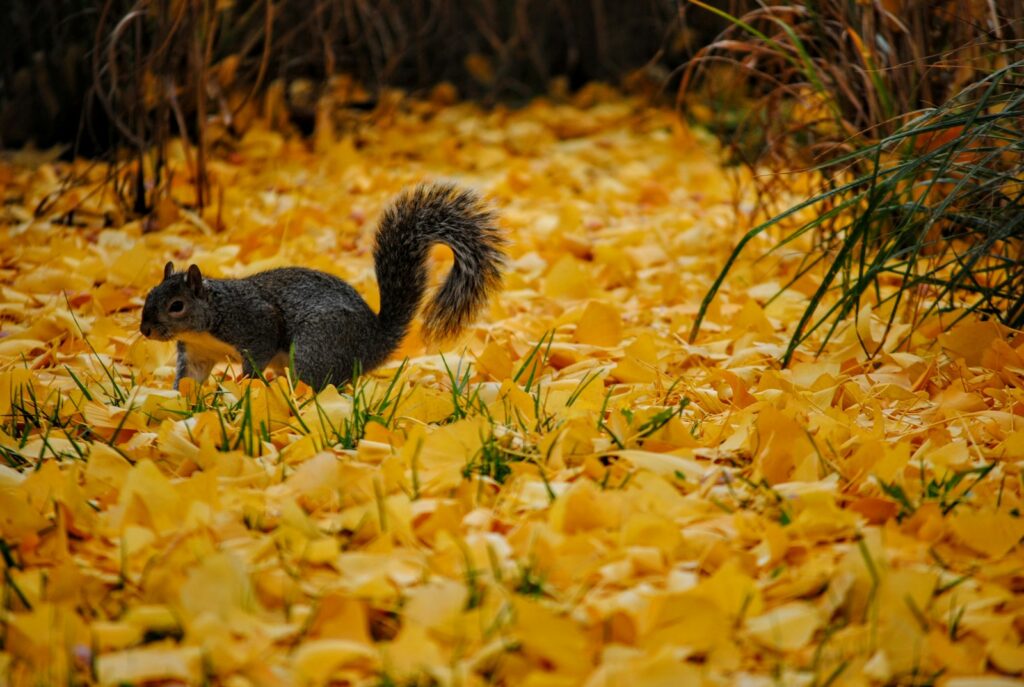
Climate change is creating significant disruptions to traditional autumn wildlife behaviors in parks nationwide. Many parks are experiencing later first frosts and longer growing seasons, which can desynchronize historically reliable timing cues for animals. Scientists have documented delayed hibernation entry in species like bears in Yellowstone and chipmunks in Rocky Mountain National Park during warmer autumns, potentially affecting their winter survival if fat reserves are inadequate. Bird migration timing is shifting, with some species leaving northern parks later or shortening their migration distances, creating cascading effects on food webs. Perhaps most concerning are phenological mismatches, where interconnected species respond differently to changing seasonal cues—such as when migrating birds arrive at stopover parks to find that insect emergence or fruit production has occurred earlier or later than their evolutionary history prepared them for, highlighting the complex challenges wildlife faces in a rapidly changing climate.
How Visitors Can Responsibly Observe Autumn Wildlife
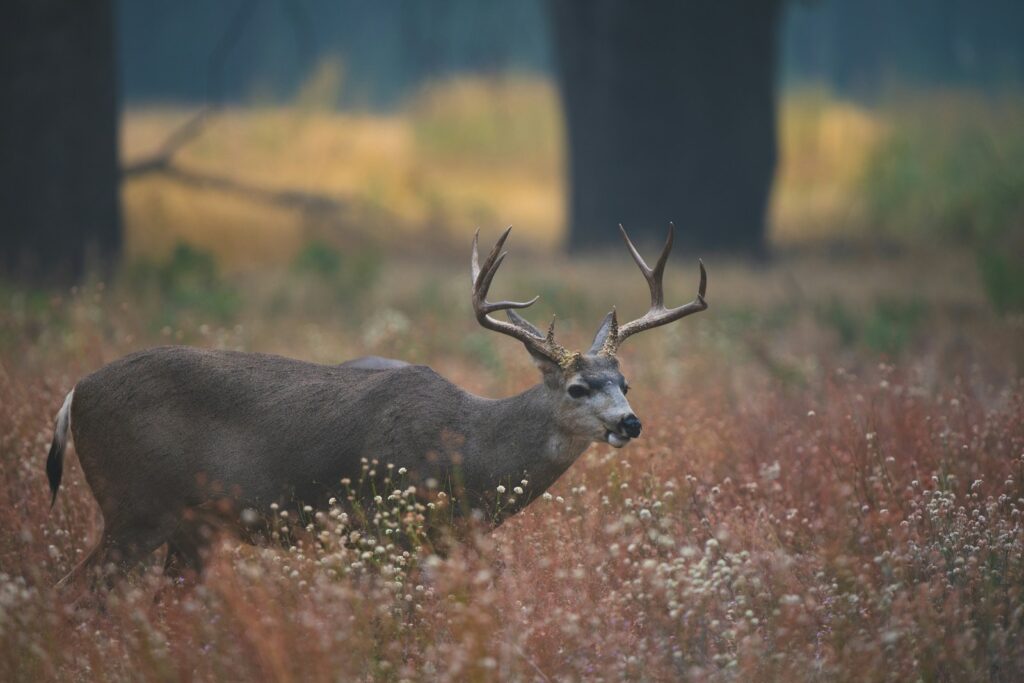
Autumn’s wildlife activity makes it an ideal season for wildlife observation, but responsible practices are essential. Park visitors should maintain recommended viewing distances—typically 100 yards from predators and 25 yards from other large mammals—which may need to increase during sensitive periods like the elk rut when animals are more aggressive and unpredictable. Early mornings and evenings typically offer the best viewing opportunities as many species are more active during these cooler periods. Quiet observation from established trails and viewing areas minimizes disturbance to animals during this critical preparatory season. Visitors should never approach or feed wildlife, which can disrupt natural behaviors and create dangerous habituation. By practicing ethical wildlife watching and following park-specific guidelines, autumn visitors can enjoy remarkable animal behaviors while allowing wildlife to complete their essential seasonal preparations undisturbed.
As autumn’s tapestry unfolds across America’s parks, it reveals the remarkable adaptability and ancient wisdom encoded in wildlife behavior. From the frantic food gathering of small mammals to the majestic rutting displays of elk, these autumn adaptations represent millennia of evolutionary responses to seasonal challenges. Understanding these behaviors enhances our appreciation of parks beyond their scenic beauty, revealing them as dynamic living systems where life responds to nature’s rhythms. As climate patterns shift and seasons become less predictable, these autumn wildlife behaviors serve as sensitive indicators of ecosystem health. By observing and protecting these natural patterns, we not only enrich our own connection to the natural world but contribute to the conservation of America’s wildlife heritage for generations to come.

